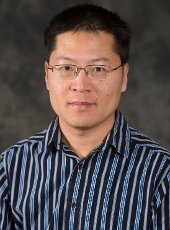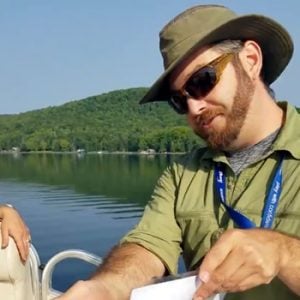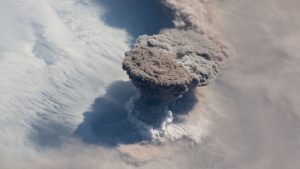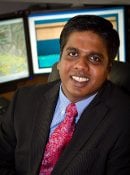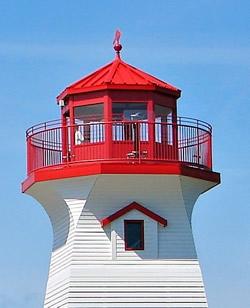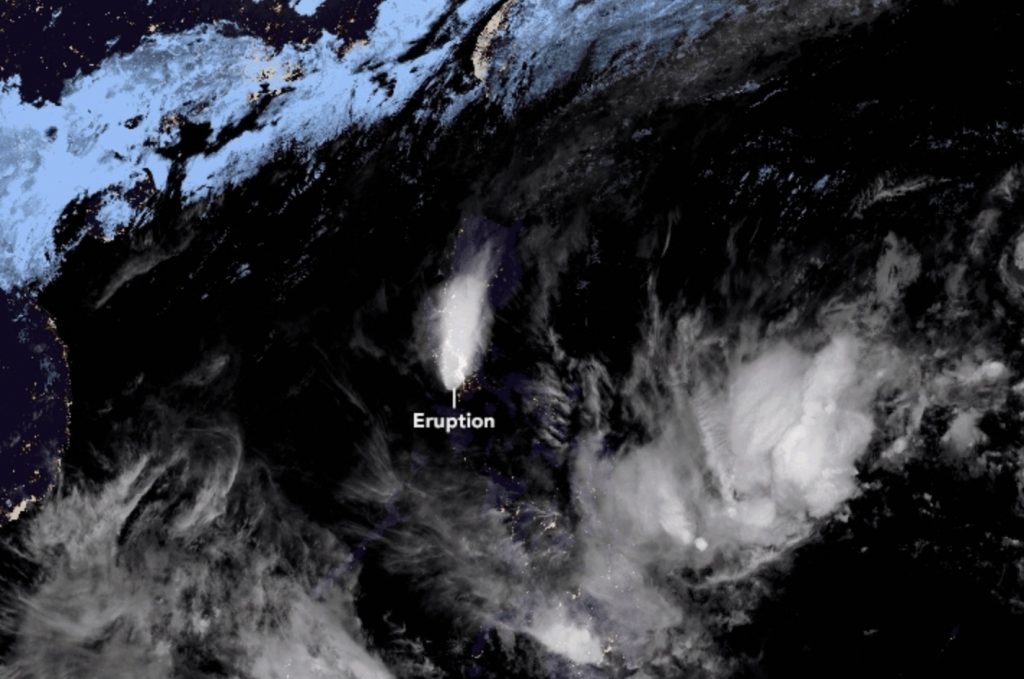
Simon Carn (GMES) was quoted in the article “Map shows Taal Volcano spewing sulfur into atmosphere,” in the Philippine Star. Carn was also quoted in “Taal volcano eruption: NASA satellite scans reveal TOXIC sulphur clouds spewing from Taal,” in the Express (UK).
Although the levels of SO2 released by Taal have so far been tolerable, Michigan volcanologist Simon Carn fears more of the toxic gas could be still be released.
He said: “However, it is possible that the Taal eruption could continue and produce more SO2 in the coming days.”
Read more at Express (UK), by Sebastian Kettley.
In the News
Simon Carn (GMES) was quoted in the story “Huge Taal volcano eruption is seen from SPACE by Japan’s satellite,” in the Daily Mail (UK).
Carn was quoted in the story “The Taal Eruption Looks Even More Massive When Seen From Space,” in spot.ph.
